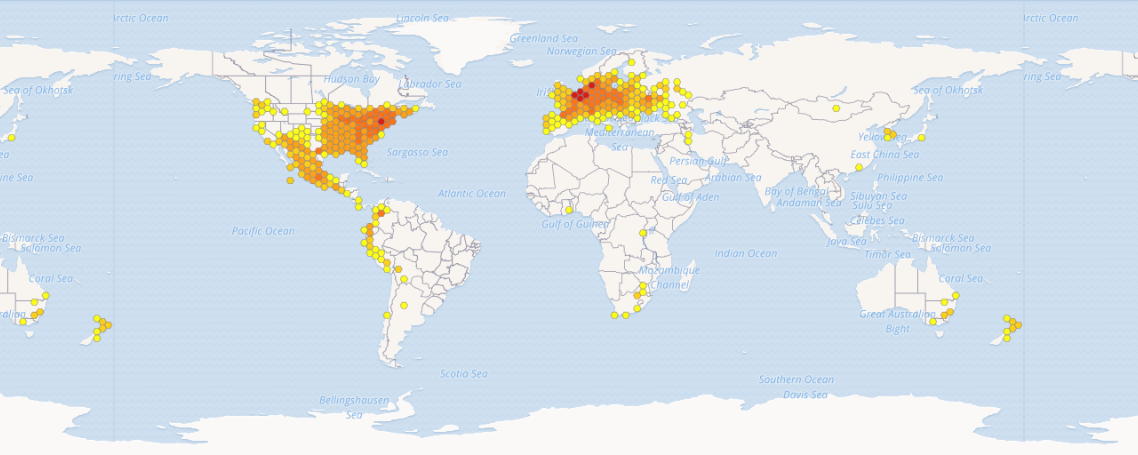<------------------CENTRA ORIZZONTALMENTE---------------- -->
<------------------CENTRA ORIZZONTALMENTE---------------- -->



|
| Scheda completa della pianta |
|
| ||||||||||||||||||||||||||||||||||||||||||||||||||
|



.jpg)

